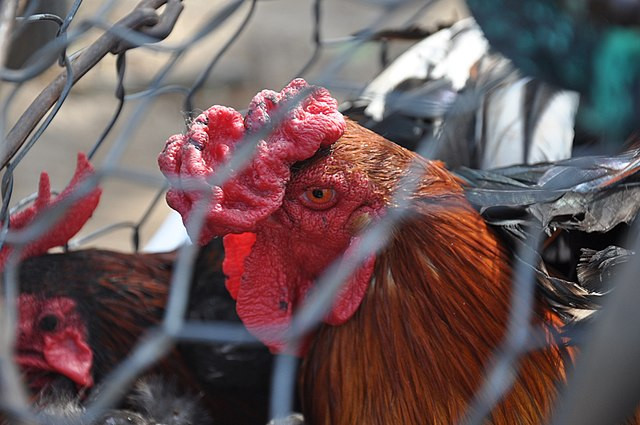Health officials in California have reported a possible case of bird flu in a child from Alameda County, marking a rare human infection amid the worst avian flu outbreak in U.S. history. The child, who exhibited mild upper respiratory symptoms, tested positive for the virus despite having no known exposure to infected animals, state officials announced Tuesday. The Centers for Disease Control and Prevention (CDC) is working to confirm the diagnosis.
The California Department of Public Health stated that the infection is being treated as a "possible" case until the CDC's confirmation. "We are investigating whether the child could have been exposed to wild birds," the department said in a news release. The child is reportedly recovering at home following treatment and has not transmitted the virus to close contacts, including family members who have tested negative for bird flu but were found to have other respiratory viruses.
State Public Health Officer Dr. Tomás Aragón sought to reassure the public, stating, "Based on the information and data we have, we don't think the child was infectious - and no human-to-human spread of bird flu has been documented in any country for more than 15 years."
The child's case is notable as the first confirmed bird flu infection in California without any apparent contact with infected poultry or dairy cows. Nearly all of the 53 human cases confirmed in the U.S. this year involved direct exposure to infected animals, primarily among farmworkers. Bird flu infections in humans remain rare, and health authorities continue to emphasize that the risk of person-to-person transmission is extremely low.
The outbreak in California comes as the nation grapples with a widespread surge in avian flu cases, which have affected more than 108 million birds across poultry farms since 2022. The virus has recently been found in other mammals, including pigs and various wild animals, raising concerns about its adaptability and potential for cross-species transmission. Epidemiologist Sam Scarpino of Northeastern University highlighted the trend as worrisome, stating, "The numbers are going up... All of these signs suggest that things are going in the wrong direction, not the right direction."
The California child's infection was detected through routine influenza subtyping, according to Alameda County health spokesperson Austin Wingate. Initial tests identified multiple viruses, making it difficult to attribute the mild symptoms solely to bird flu. Close contacts at the child's daycare were notified and offered preventive treatment and testing as a precautionary measure.
The outbreak has particularly affected California's Central Valley, where 26 human cases have been confirmed, mainly among dairy farmworkers who had contact with infected cattle. To mitigate risks, state health officials have distributed millions of pieces of personal protective equipment and secured thousands of seasonal flu vaccine doses for at-risk workers.
Experts believe that ongoing surveillance is crucial to containing the spread of the virus. Maurice Pitesky, a UC Davis researcher specializing in bird flu, emphasized the complexity of viral transmission in diverse animal populations. "As the virus further evolves within a mammalian host - whether it's dairy cows, or felines, or all the species that it has affected - it will continue to adapt," he said.
Bird flu has also been detected in wastewater samples in Northern California, including Alameda and surrounding counties, according to the CDC. While wastewater surveillance cannot identify specific sources, it indicates that wild waterfowl and other animals may contribute to the virus's presence in the environment. This adds a layer of complexity to public health monitoring efforts as the outbreak continues to evolve.
The emergence of human cases has raised questions about whether more intensive precautions are needed to prevent further spread, especially as seasonal flu rates rise. Dr. Erica Pan, California's top epidemiologist, noted the importance of broad vaccination campaigns against influenza, COVID-19, and other respiratory viruses to reduce potential co-infections and complications.
The case in Alameda County underscores the unpredictable nature of the outbreak and its implications for public health. While officials emphasize that human infections are rare and that person-to-person transmission has not occurred, experts like Scarpino warn that vigilance is necessary as the virus adapts. "It has more potential to cause even more problems as it evolves," Pitesky cautioned.






